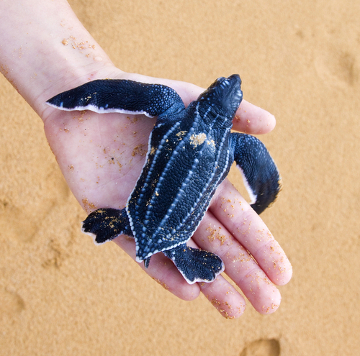There are several ecological relationships established by living beings, protocooperation being one of them. this relationship is not mandatory and favors all individuals involved., which are of different species. We say, therefore, that it is a interspecific harmonic relationship.
As it is not a mandatory relationship, an individual can live without the other, unlike the relationship known as mutualism. In this relationship, beings, also of different species, associate, however, this association is permanent, one cannot live without the other. One example is lichen, which is formed by algae and fungi, however, these organisms cannot live alone in that place.

Observe the bird-covered antelope that are feeding on the ticks of this mammal.
One classic example of protocooperation occurs between the ox and the anu, a kind of bird. The anu eats the ox's ticks, thus getting food. The ox, in turn, is also benefited, since it gets rid of the tick. Note that the relationship is beneficial to both beings, however, one can easily live without the other. The ox can live without the anu, and the anu can feed on something else.
Other example commonly cited is the hermitage and the anemone, a type of cnidarian. The hermit crab is a species of crab that has a soft abdomen and, therefore, shelters inside shells that it finds in its path. These shells often have anemones, which also end up being taken by the hermit crab.

Note the anemone on top of the crab's shell
In this relationship, both are benefited, as the anemone protects the hermit crab from attacks, since it has stinging substances in its body that produce burns on predators, and hermit crab, in turn, helps the anemone, which is transported to other locations, which facilitates the capture of food.
Other example of protocooperation can be observed among the crocodile and the toothpick bird. In this interaction, the bird eats the food scraps that are found inside the crocodile's mouth, thus getting food. The crocodile, in turn, is free from the nuisance and prevents the proliferation of a large amount of bacteria in its mouth. Many authors considered this interaction as a way of commensalism until they realized that they both benefited.
IMPORTANT: Protocooperation is also called by some authors as mutualism optional. Others, however, prefer to consider as mutualism only those relationships in which one organism depends on the other.



